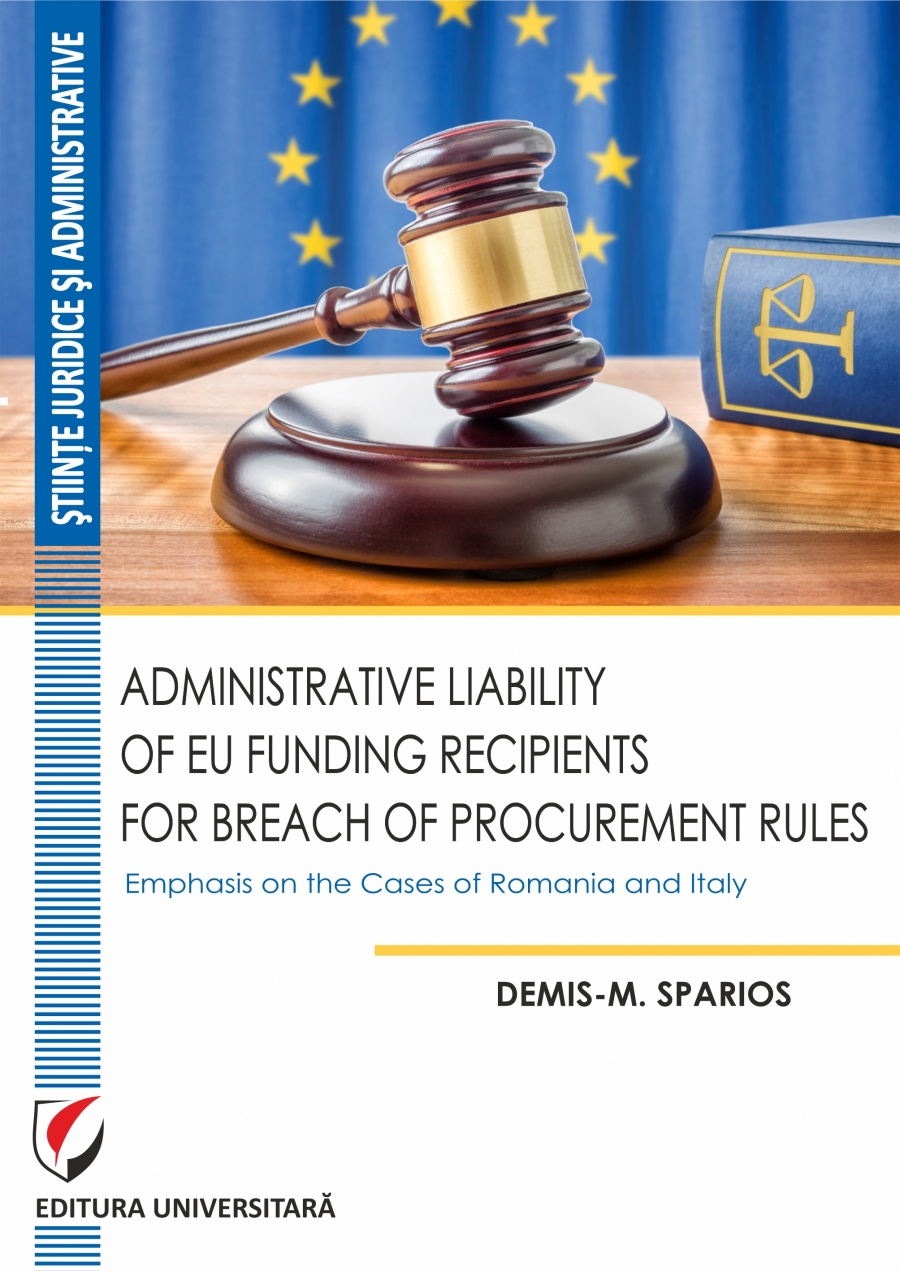
The importance of the Cohesion Policy, developed by the European Union in order to reduce the economic disparities between its various regions, for the newest, as well as for the oldest of its Member States, is indisputable.The weighting of this policy within the balance of main interests of the EU is also an important one and is reflected in the big number of general and specific legal norms that regulate this field at the EU level. These norms are aimed at ensuring the effective assistance provided by the EU to the less developed regions, as well as the proper protection of the financial interests of the Union. This protection is ensured mainly by sanctioning the illicit behaviours of the beneficiaries of the financial assistance, the procedure and conditions of this sanctioning being regulated in detail both at EU level and, especially, at the national level, in the Member States.The regulation of the management and use of the financial assistance delivered through the EU’s Cohesion Policy, including the sanctioning of unlawful behaviours of the beneficiaries, is mostly technical and practical. It is thus not easy to define from the point of view of the legal theory, meaning that the illicit deeds sanctioned by the EU and national law in this field, as well as the sanctions themselves are not expressly attributed to a widely recognised pattern, such as the legal responsibility (liability).Neither the legislation, at EU or national levels, nor the judicial practice (with very few exceptions3) refer to the existence of a liability triggered by the occurrence of irregularities during the use of EU financial assistance. As regards the doctrine, although there have been some references to such a liability, one cannot consider that there is already a theory built in this regard.The present study aims, in these conditions, at bringing a contribution to the construction of the theory of the liability entailed by the commission of irregularities in the public procurement procedures used within the projects financed by EU structural and investment funds (ESIF).In order to achieve its aim, the book will look at the concept and nature of this liability, at its elements, as well as at the procedure to be complied with in the process of triggering this liability. The liability will be looked at in general, but also its specificities at the national levels of Romania and Italy will be analysed.
| Categorie | Carte straina |
|---|---|
| Magazin | carturesti.ro |
| Marca | Universitara |
